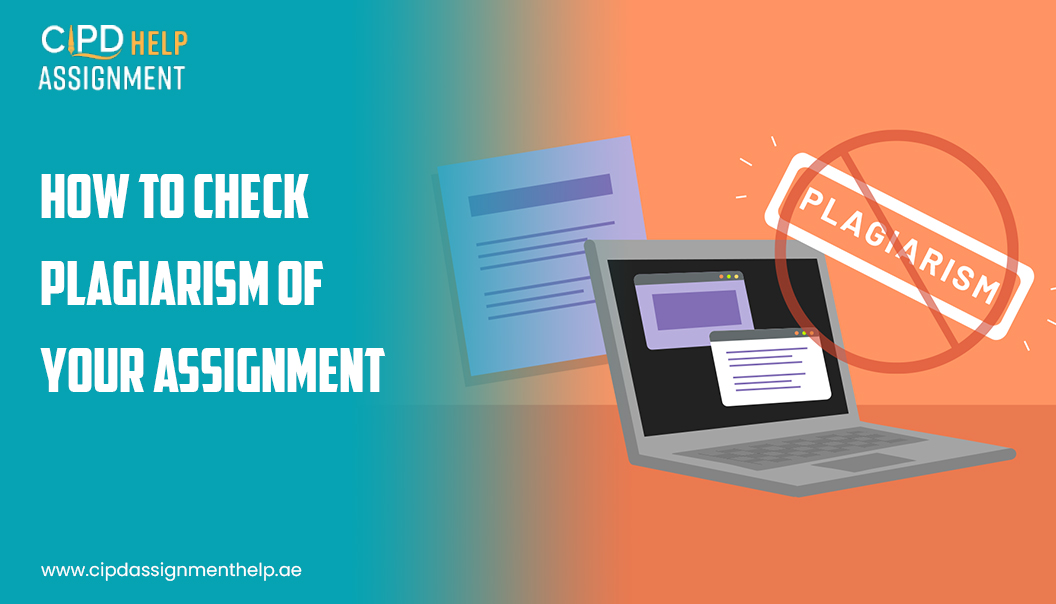Main body:
Plagiarism is presenting someone else’s work or contemplations as your own, no matter what their authorization, by coordinating it into your work without full confirmation. Plagiarism may be intentional or insane, or unintentional. Under the evaluation rules, intentional or insane plagiarism is a disciplinary offense.
Students will benefit from taking an electronic course made to give an important layout of the issues enveloping plagiarism and sensible approaches to avoiding it.
The need to remember others’ work or contemplations applies not solely to messages, however to various media, for instance, PC code, frameworks, diagrams, etc. It applies in basically the same manner to dispersed text and data drawn from books and journals and to unpublished text and data, whether from talks, speculations, or other students’ works. You ought to moreover credit text, data, or various resources downloaded from locales.
There are two focus key defenses for why students shouldn’t copy scholarly substance:
- Plagiarism is taking: Taking others’ work considerations, essential disputes, and sentence structure. Morally, it is a similar show of taking a vehicle or whatever else. The thought go on as in the past. As an understudy, on the off chance that someone else took your considerations, how should you feel?
- Plagiarism tends to information obliviousness: Expecting you copy someone else’s work, you are recommending that you are unequipped for presenting your own perspectives and contemplations adequately easily to achieve a high-grade gathering. Essentially, being found taking is an affirmation of an absence of training in managing information which isn’t an inclination that you really want to make as an understudy. It can moreover unfriend lily affect the students’ ability to enter beneficial work.
Step by step instructions to really look at plagiarism:
⦁ Scribbr
Scribbr gives a plagiarism checker fundamental for a greater set-up of gadgets that consolidate an educational altering module and an APA reference generator. The things presented here will intrigue students and scholastics, and the site makes papers, articles, and hypothesis chronicles.
⦁ PlagScan
PlagScan is a strong plagiarism check focused in on the insightful circle. While engaged with various fields, the features that make PlagScan stand isolated from other plagiarism gadgets seem, by all accounts, to be prepared toward this way.
⦁ Plagramme
The Plagramme has an extent of features that goes past what you’ll find with various different foes of plagiarism gadgets. It doesn’t just gander at billions of sources – it includes your article with plagiarism possibilities, conceivably rephrased sections, appalling references, and text-based likenesses. Merge this with an immediate scoring system. You’ll have the choice to see how much any article in peril quickly.
⦁ Quetext
Quetext has plagiarism recognizable proof estimations that use a system called Profound Pursuit. It relies upon word position, significant learning, and consistent examination. Moreover, it convey more keen and more sensible results when you look at a report.
Step by step instructions to avoid plagiarism:
Here given a portion of the ways of avoiding plagiarism in scholarly composition.
⦁ Allude to your source
While suggesting an idea or stating that isn’t your own, add a reference in your composing that recognizes the total name of the source, the date it was conveyed, and some other reference part that is normal by the style guide you’re adhering to.
⦁ Citing
To cite, your chronicle ought to have comparative words as the first without changing any part. The statements (“”) or indenting the alluded to message remembers it from your own words in your composition. Moreover, it is a known practice that when you have up to 40 words, you want to explanation you should indent and allude to the maker in a part.
⦁ Present your thinking
Ask yourself what exceptional perspective or point you can contribute in your composing that is your own. Recollect that on the off chance that you’re recommending a source’s considerations or words to move toward your point, you’ll, regardless, need to apply the principles above to swear off copying. In the event that you’re composing on a comparable point for different undertakings, it very well might be captivating to reuse a part of your past words — this is named “self-plagiarism”.
⦁ Use a plagiarism checker
While writing your assessment on a point, a couple of articulations or sentences could remain with you so well that you incidentally recall them for your composition without a reference. When in doubt, using an electronic plagiarism-checking gadget can help you with getting these issues prior to introducing your work. CIPD level 7 assignment help uses such tools for making plagiarism free tasks.
⦁ Reword
To reword is to communicate someone else’s thoughts or point of view in your specific manner. To create someone else’s thought in a substitute language without impacting the significance is all things needed to summarize. As opposed to reordering someone else’s exact words and putting statements around them, you can reword. Simultaneously, composing for a scholarly group, revamping rather than directly citing shows that you’ve scrutinized and consumed the source material. Moreover, it in like manner gives your work a more noteworthy measure of a unique voice.
